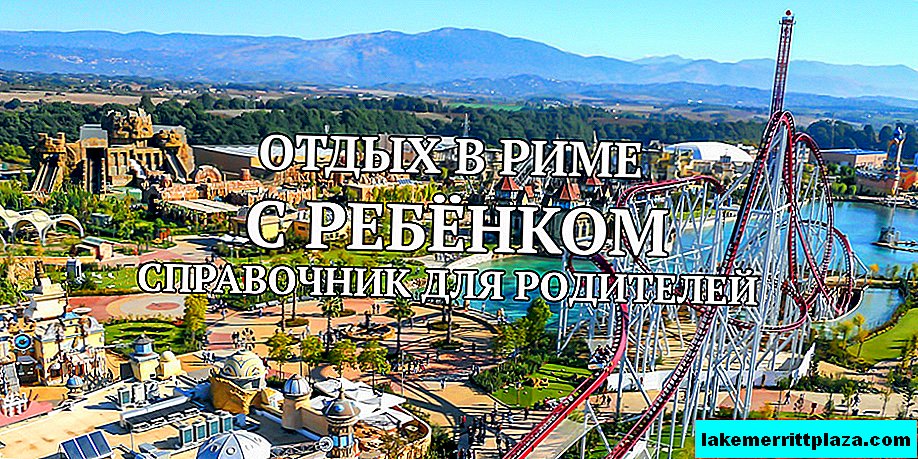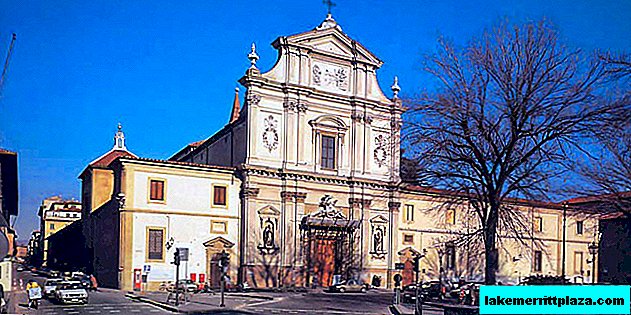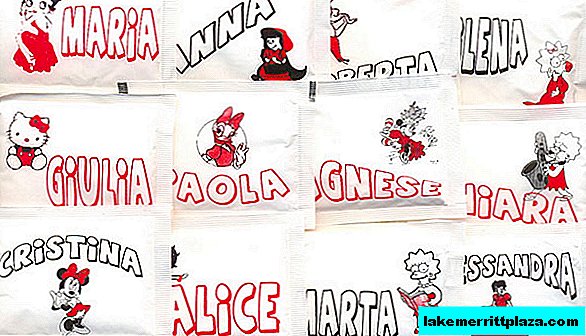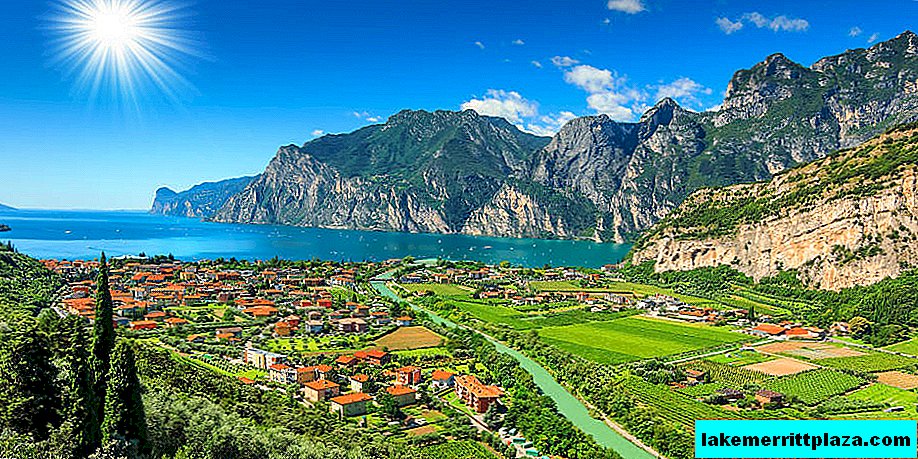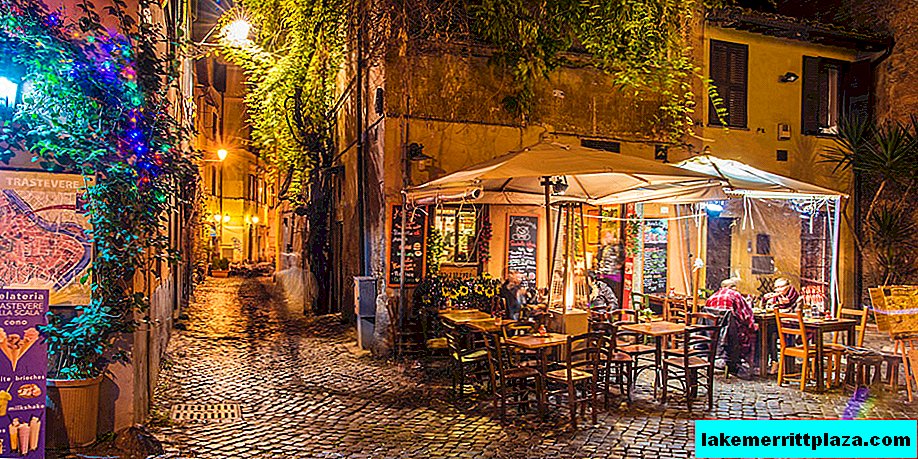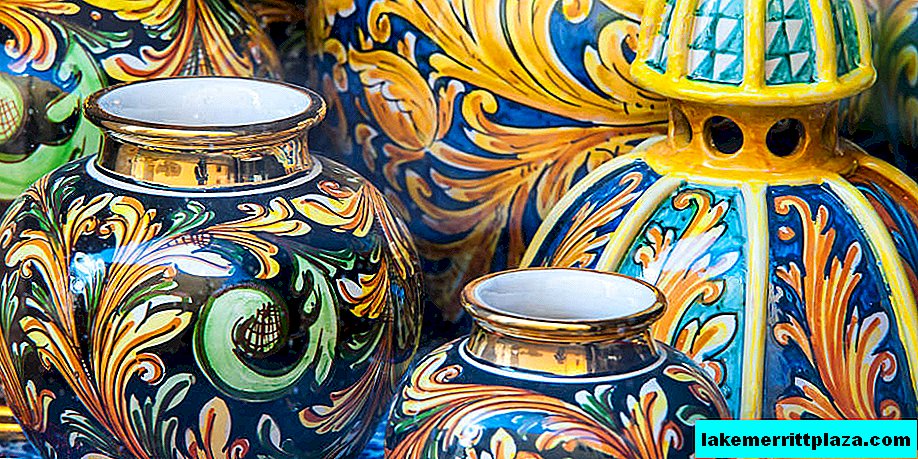The interior painting of the famous Vatican landmark - the Sistine Chapel - appeared before visitors in a new light: an unusual lighting system was installed in the building.
Angels and prophets, depicted in different colors, once almost indistinguishable due to a lack of light, now appeared in front of visitors to the Sistine Chapel in all its glory: a revolutionary lighting system was installed in the church, which included 7 thousand Led light bulbs made especially for the world famous world chapel, where the cardinals elect the heirs of the Holy See since the 15th century. The attraction also acquired its own special ventilation system, which protects the frescoes from excess moisture in the air, and also allows 2 thousand visitors to be in the building at the same time. The Sistine Chapel can safely be called one of the Vatican's "calling cards." More than 6 million tourists visit it annually.

In total, 1.9 million euros were spent on the installation of new-fangled lamps, of which 870 thousand euros were allocated by the European Union, and the remaining funds came from companies participating in the LED4ART campaign. “The LED lamps installed in the chapel were designed with a special color spectrum that does not jeopardize the safety of the precious frescoes, and also fully and properly display paints as artists intended,” explains Marco Frascarolo, an employee of the company who installed the new lighting. "Since each lamp can burn in different colors, we spent more than one day in the chapel together with the curators of the Vatican Museums, who advised in which shade it is better to set up this or that LED lamp."
The sunlight that penetrated the Sistine Chapel for centuries was closed in the 1980s when experts found that infrared radiation was detrimental to the art masterpieces present in the building. By that time, frescoes depicting Doomsday and other paintings adorning the ceiling of the chapel and some of its walls were particularly affected. The lighting system, which was installed back then, was soon criticized. According to experts, she significantly distorted the true colors, and also completely hid the work of such great masters as Botticelli, Ghirlandaio and Perugino.
"LED lamps are good in that they open a completely different view, illuminating even those parts of the chapel that were previously practically hidden from the eyes of visitors," says Frascarolo. Before installing the new system, all the devices and components involved in it were carefully tested and tested for safety for frescoes. Moreover, studies have shown that new lighting will work properly for at least 50 years.
The protection of the works located in the chapel was also the main factor when choosing a new ventilation system for the building, designed by the American company Carrier. Innovative equipment includes three cameras that track the current number of visitors in the chapel and, depending on it, regulate air temperature and humidity.
“The previous system could only monitor the temperature with 700 tourists inside. The new ventilation can control the temperature and humidity if 2,000 people are present in the building, without harming the frescoes,” said Michel Grabon, director Carrier Technical Support Center. "We know the volume of carbon dioxide and the level of humidity produced by each visitor, and we can correctly set the necessary indicators, lower or increase the air temperature if necessary, or change the humidity," he added, saying that he can personally monitor the air condition in the droplet from your laptop or smartphone, in whatever part of the globe he is.
In addition to all their advantages, both systems have one more thing: they consume a minimum of energy, which means that the Vatican’s expenses will soon decrease by an order of magnitude. Antonio Paolucci, director of the Vatican Museums, said the chapel "contains the most outstanding works that have ever hit a person." According to him, the new installations were brought to the chapel precisely on the eve of the 450th anniversary of the deaths of many artists who took part in the design of the landmark.

